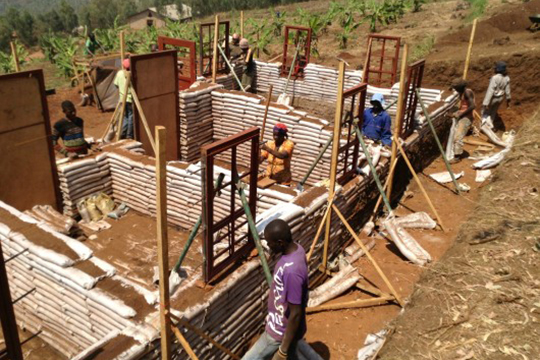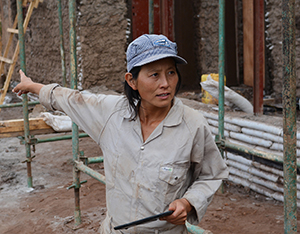Art Museum Launches Fall 2025 Season With Dynamic, Interdisciplinary Exhibitions
The Syracuse University Art Museum kicks off its fall season on Aug. 26 with four new exhibitions that reflect the museum’s mission to foster diverse and inclusive perspectives and unite students across disciplines with the local and global community. From…




